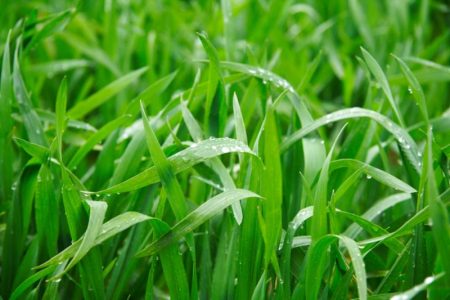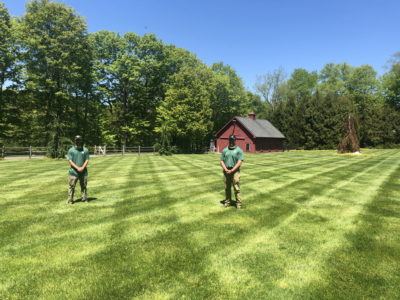Here was are in August already with another month-and-a-half of summer to go. In ancient times, they saw this as the beginning of the harvest season because everything was growing, blossoming or fruiting and ready for picking and the first grain was cut for the upcoming winter. There were festivals where they celebrated and shared the first fruits of their labor, enjoyed feasts, matchmaking, held athletic contests, and traded their goods. Now, we just have to go to our own backyard gardens or the nearest farmer’s market to get the freshest and absolute best of the abundance and variety this season has to offer.
While our staff get to see the fruits of their labor, we don’t get the chance to enjoy them they way you do, so our team genuinely appreciates the kind compliments they receive from you as we work hard to make sure your properties look their absolute best and that you look forward to spending time in them. We also love to see your photos so don’t hesitate to send them along to us too! -Shayne
Summer is the annual permission slip to be lazy. To do nothing and have it count for something. To lie in the grass and count the stars. To sit on a branch and study the clouds.” – Regina Brett
WATCHING GRASS GROW
While watching grass grow may seem like the most boring torture to some, we are always paying attention! The visual impact of a freshly mowed lawn is immediate but mowing is done for more than just appearances. We often receive questions as to how we determine when to mow and the proper mowing height. We hope this helps answer some questions but in the end, it all depends on the type of grass you have and general weather conditions.
Ideal growing height varies by type of grass (cool season or warm season), variety of grass (Bermuda, centipede grass, etc). region, and sometimes personal preference. As a guideline, no more than about 1/3 of the grass blade should be removed at one time. Growth rates vary throughout each season, so the length of the grass in July may be different than it was in April. We monitor the rate of growth as best as we can and adjust the frequency of mowing if needed.
If grass is cut too short it can become stressed, while continually cutting it too short can cause root systems to die back. These lawns also have reduced tolerance to heat and drought and tend to have more weeds, insects and disease.
Regularly scheduled mowing can vary with different turf types, seasons, and changing conditions. Less frequent mowing promotes strong roots and healthier turf. Leaving the grass a little longer during hot or dry spells helps to shade the ground and lessen moisture evaporation. We also leave the grass clippings to decompose, again shading the ground while giving the lawn superb nutrients and organic matter.
If you ever have any questions regarding your lawn, contact your landscape consultant.


